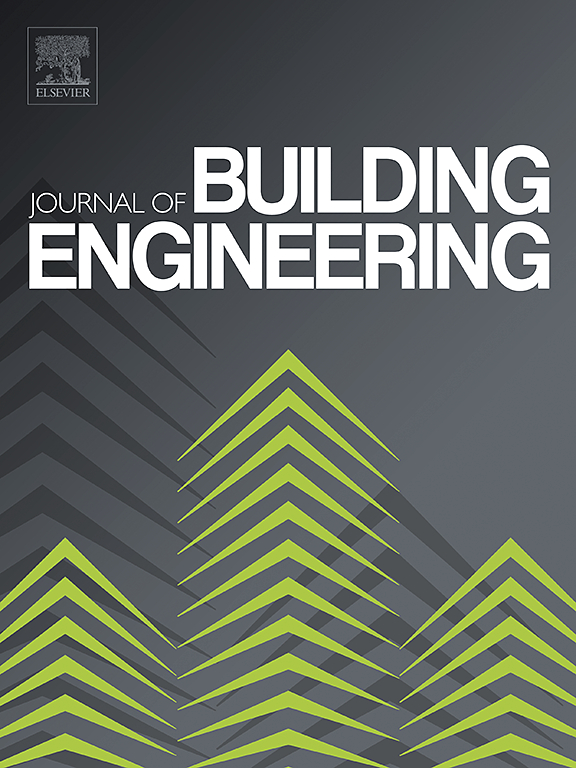Cyclic load behavior of PC and CIP interior beam-column connections in moment resisting frames
IF 6.7
2区 工程技术
Q1 CONSTRUCTION & BUILDING TECHNOLOGY
引用次数: 0
Abstract
The use of precast concrete (PC) in construction has many benefits, including improved product quality, shorter construction periods, and lower construction costs. However, to design middle-to high-rise PC structures, seismic safety must be ensured. In particular, the structural behavior of beam-column joints, which are typical moment-resisting frames, is determined by shear and bond mechanisms under seismic loads. However, shear elements and bonds are very vulnerable to cyclic loading, so the joint must always remain within the elastic zone. It is necessary to clearly evaluate whether PC beam-column joints have the performance and usability to be applied as a monolithic structural system (CIP). In this study, eight CIP and PC specimens were fabricated with different moment resisting frames (intermediate and special) and failure modes (B, BJ) as variables. The strength, ductility, strength degradation, and energy dissipation of the PC joints were evaluated and compared to those of CIP joints. Furthermore, the structural behavior of the joints after plastic hinging of the beams was evaluated. The experimental results showed that the PC specimens exhibited the same behavior as the CIP specimens in terms of crack pattern and story shear-drift ratio. However, in terms of ductility, the S-series showed about 10–20 % improvement in ductility for PC compared to CIP, and similar trends in energy dissipation capacity. The strain inside the joint increased at the story drift ratio of 2.0 % after the plastic hinging of the beam, and the bond stress in the center of the joint panel zone tended to be higher in the PC specimen than in the CIP specimen. In addition, the shear strain in the joint panel zone tended to be higher in the special moment resisting frame than in the intermediate moment resisting frame, and an inverse relationship with the displacement ductility index was confirmed.
求助全文
约1分钟内获得全文
求助全文
来源期刊

Journal of building engineering
Engineering-Civil and Structural Engineering
CiteScore
10.00
自引率
12.50%
发文量
1901
审稿时长
35 days
期刊介绍:
The Journal of Building Engineering is an interdisciplinary journal that covers all aspects of science and technology concerned with the whole life cycle of the built environment; from the design phase through to construction, operation, performance, maintenance and its deterioration.
 求助内容:
求助内容: 应助结果提醒方式:
应助结果提醒方式:


